What every mindful fashion lover should know
The fast fashion industry
Fashion companies sometimes launch twelve collections a year. The prices are cheap and the working conditions are mostly inhumane. The fast fashion industry also has catastrophic consequences for the environment. Where a lot is produced, a lot ends up in the garbage. In the US alone, the amount of clothing thrown away each year has doubled to 14 million tons. Most clothing is burned. It's cheaper than recycling clothes that are new from the factory. In Germany, too, every fifth piece of clothing remains unsold. And that despite the fact that every German buys an average of 60 new items of clothing every year. These are only worn half as long as they were 15 years ago. How about online shopping? In Germany, an average of 24 parcels per person are ordered online every year. This makes us the European leader. Unfortunately, many people already order goods with the intention of sending them back. But did you know that returns are not always resold because the cost and labor involved are too high? Instead, the goods are also destroyed here.

The problem of plastic fibers
Around 70% of all textile fibers produced worldwide consist of synthetic polymers and endanger us and our environment. With every wash cycle, microplastics in the form of plastic fibers get into our waters unhindered, since very few sewage treatment plants can filter them out. Incidentally, shoes also have a microplastic problem: every year, around 109g of microplastic per person is released from shoe soles - because these wear out with use. A total of around 330,000 tons of microplastics come together in Germany, which is around 4kg per person. So shoes account for almost 3%. This makes them one of the main contributors to microplastics in the environment.
Plastic fibers are responsible for around 35% of all microplastics in the oceans. With an average wash (30 or 40 degrees Celsius), around 138,000 fibers are released into the water from a polyester-cotton blend. There are about 496,000 fibers for pure polyester and 730,000 for acrylic fabric. Attention: You should definitely avoid the gentle cycle! Because this is where additional microfibers detach from the clothing. The reason for this is that more water is used in gentle cycles. Instead of supporting the production of clothing made from synthetic fibers, you should rather buy fashion made from natural fibers such as cotton, linen or hemp. But: The cotton production unfortunately involves an enormously high water consumption. Of course, you don't have to throw away all your clothing made from synthetic fibers, because that's anything but sustainable. Instead, wash the clothes in a fine-mesh laundry net that catches the loosened plastic fibers.

The more sustainable alternatives
We don't have to do without everything - but consume more consciously. Buy fewer clothes, pay attention to their quality and wear them longer. High-quality clothing is more expensive, but since you wear it longer than cheap goods, it is more or less cheaper. Because: "If you buy cheap, you buy twice". You've probably heard the term "fair fashion" before. Sustainable clothing is not contaminated with harmful substances, is therefore more environmentally friendly and better for your health. The clothing production process is made more transparent and working conditions are improved. Fair fashion is intended to bring about a change in awareness in dealing with fashion. It's even more efficient to reuse what you already have because it doesn't require new resources. In second-hand shops and on online sales portals you will find cool offers that are often no longer available in stores. And if you just need a change in your wardrobe, then simply borrow clothes or swap and share them with friends. If you break clothes, try to fix them instead of throwing them outright. Maybe you also have a knack for sewing and can upcycle old clothes. By the way: We advise against using old clothes containers. The goods do not always end up where they are actually needed and the old clothes on the market destroy the local textile industry. Better donate clothes directly to where you want to help.
If you would like to be informed directly about the latest blog posts, please follow us Instagram ! :-)








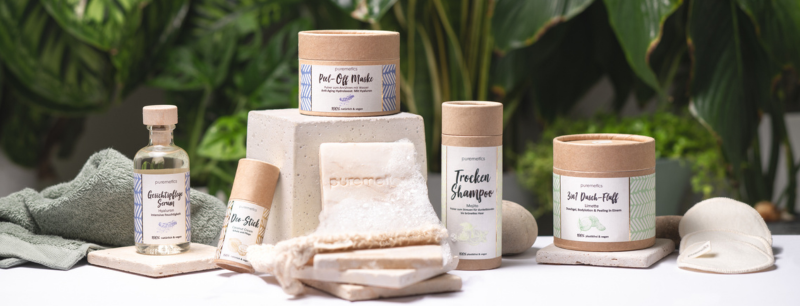















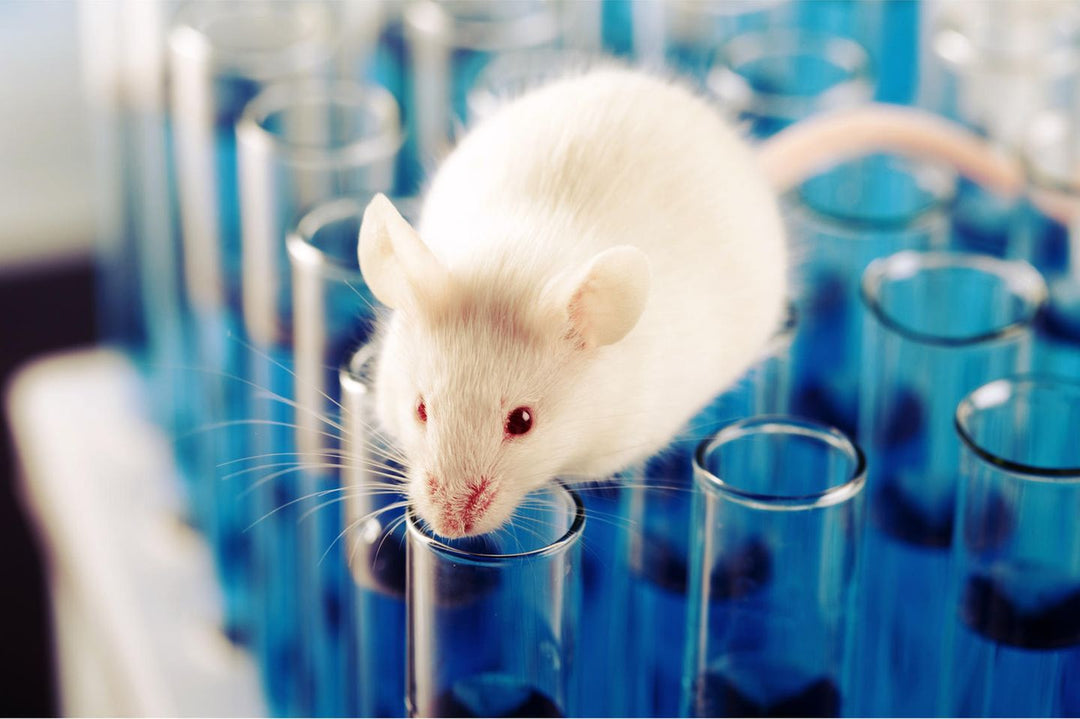





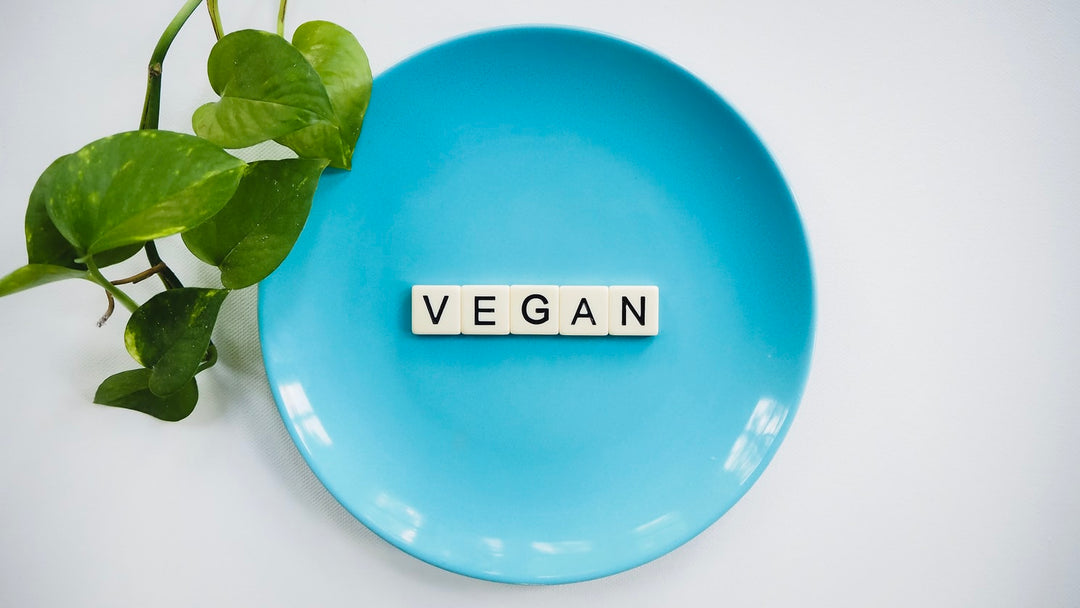








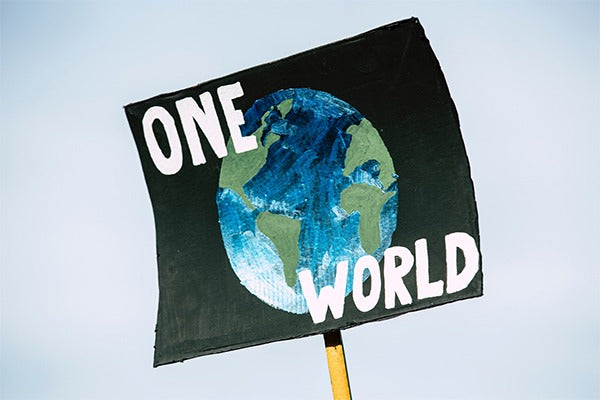


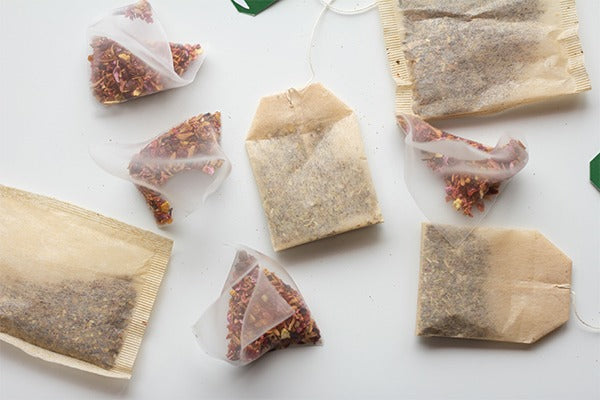
Leave a comment